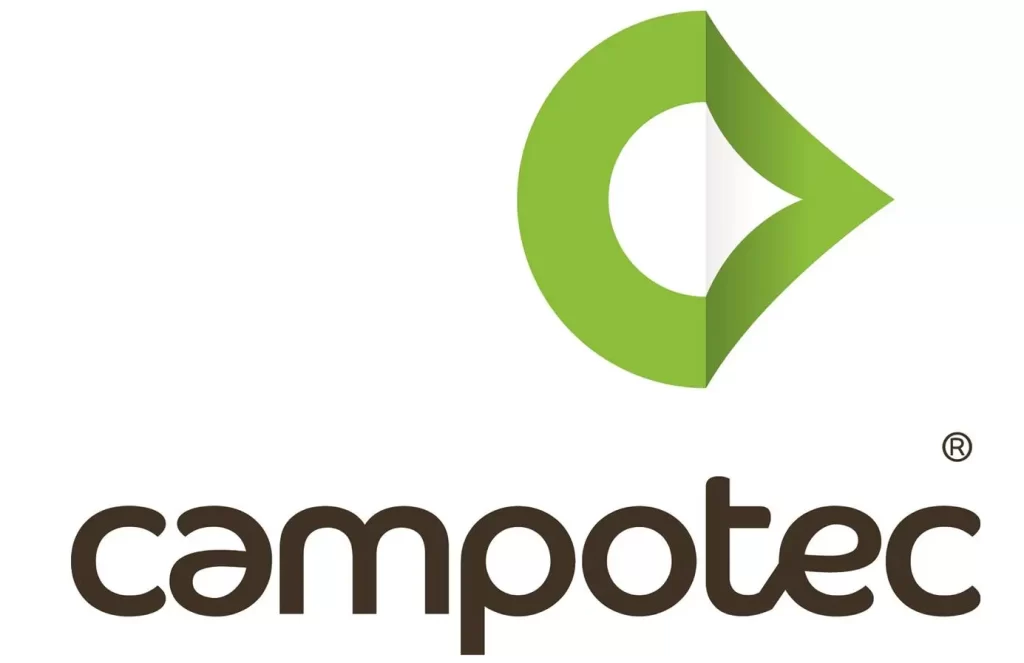WP21 – 3DNutrients4Food

3D food printing will evolve in the coming years. In the future, a device previously programmed in 3D printing technology will prepare ready-to-eat, healthy meals, tailored to individual needs, or it may be that such printers will be programmed remotely via cell phone, from our office or on our way home.
Also, no food will be wasted. A prepared portion will be fresh and made especially for us the moment the need arises. Among the advantages of 3D food printing is the possibility of using new components that are not used or are not very popular among consumers, such as agro-industrial co-products.
3D printing offers a new methodology for producing attractively textured foods through the specific placement of textured elements on foods during printing, as it is a layer-by-layer technology. Another important factor in food development is the bioaccessibility of nutrients, since low bioaccessibility may negate health benefits.
3D food printing may increase the bioaccessibility of nutrients compared to traditional foods. Additionally, 3D food printing makes it possible to fortify food with additional nutrients, such as vitamins and minerals. However, despite many recent advances in 3D food printing, there remain several challenges to be overcome.
This project aims to study 3D printing as a potential tool for developing custom food products with nutrient levels adapted to individual dietary needs, and to evaluate the impact of printing parameters on compound bioaccessibility. Algae will be used to produce printable formulas.
Based on a circular economy strategy, agro-industry co-products will also be used as ingredients, as they are valuable sources of nutrients but visually unappealing for consumption. 3D printing will help transform food waste into perfectly edible food.
This project aims to study 3D printed food products as to their market potential and environmental sustainability, taking into account stakeholder assessments regarding sensory quality, nutritional quality and processing methods. Additionally, the objective is to define strategies to add value to agroindustry co-products that could be applied to the final products resulting from the project.









